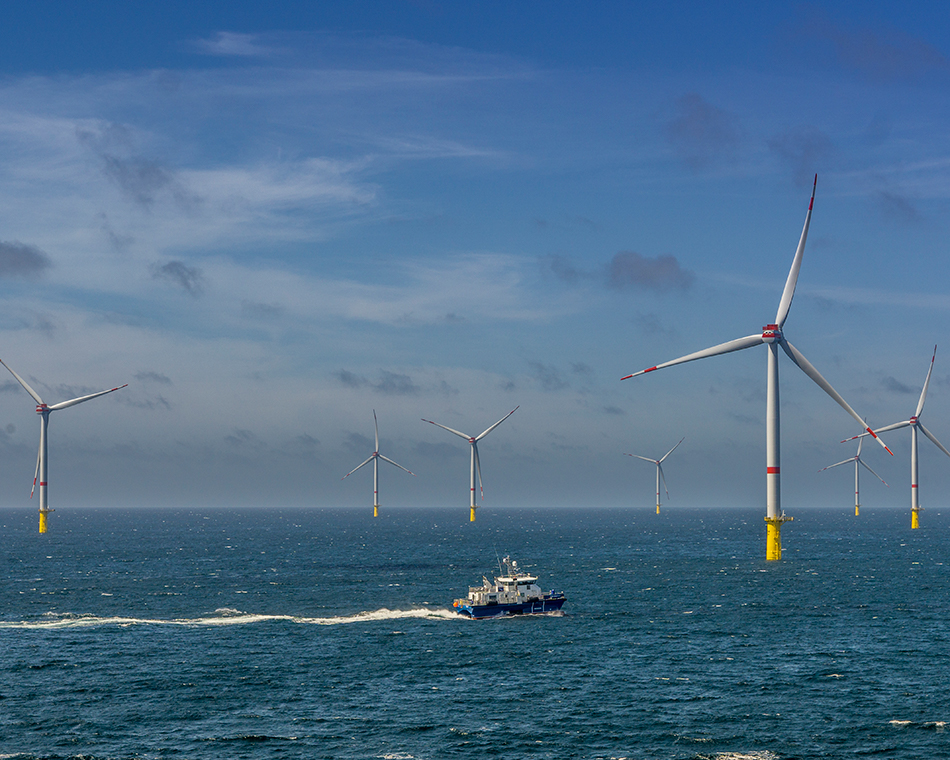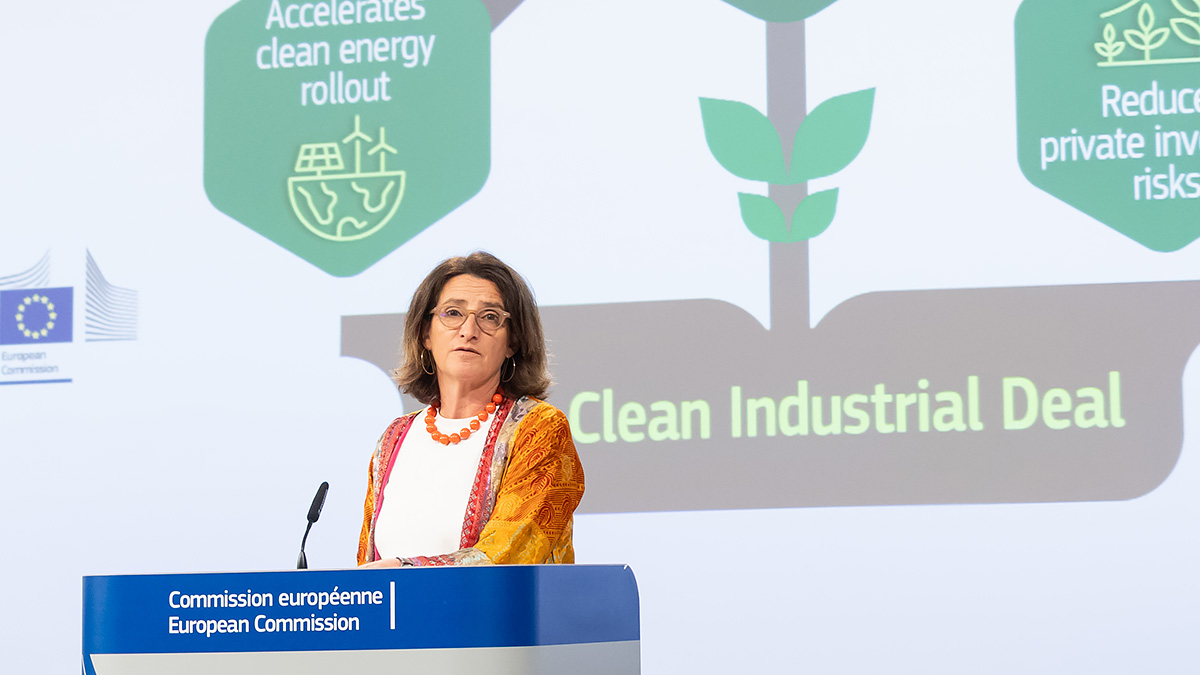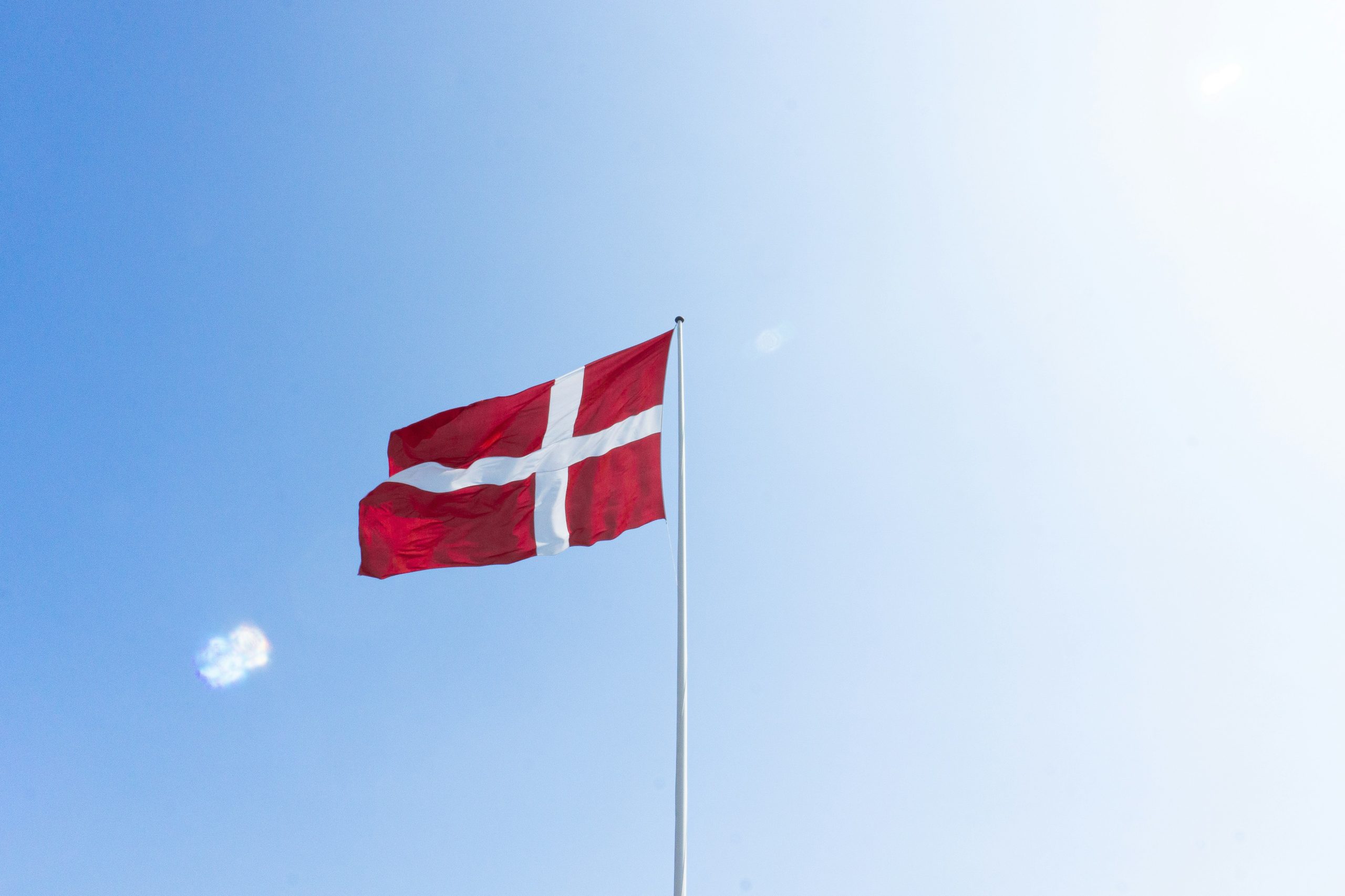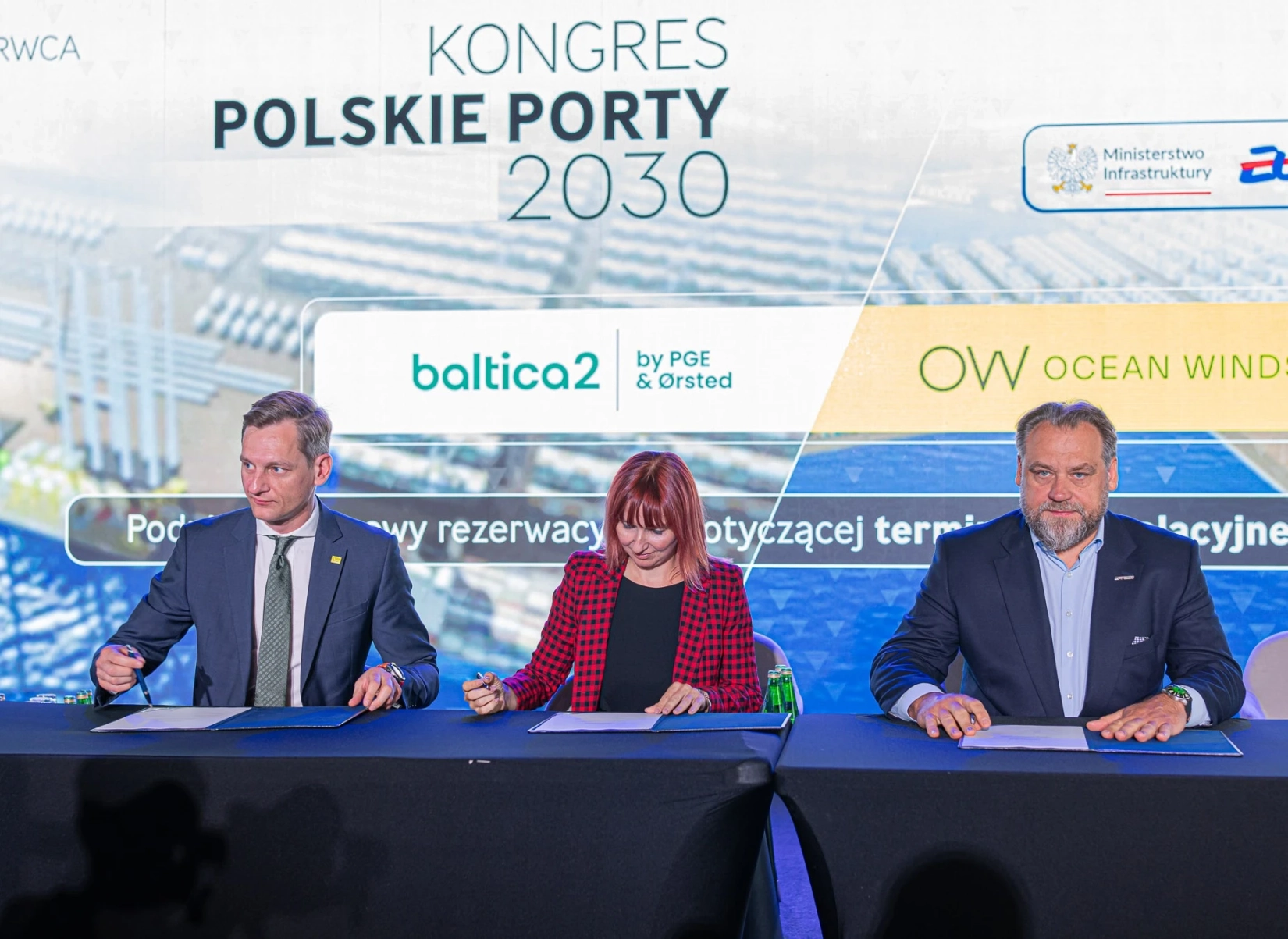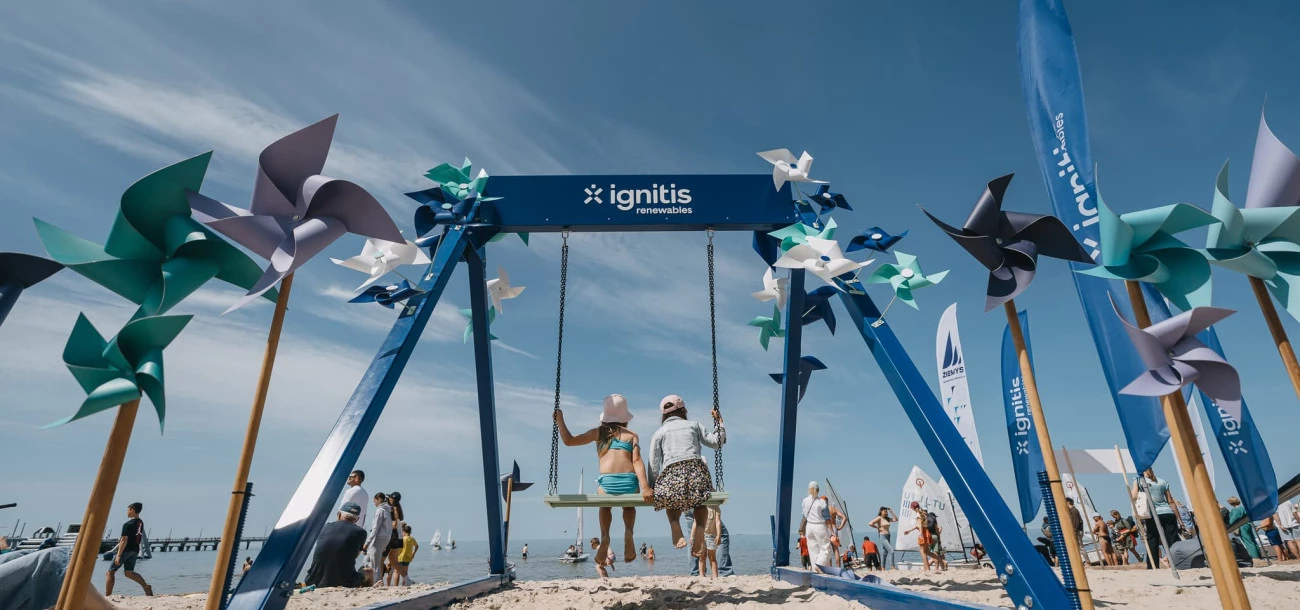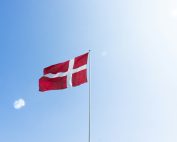Copenhagen Infrastructure Partners (CIP) fund plans to invest €100 billion in RES assets by 2030. Investor representatives argue that swift political action is needed to accelerate the pace of RES development and achieve the Paris Agreement targets. This is particularly important in the context of the ongoing COP26 climate summit. CIP wants to increase its involvement in offshore wind energy.
Jakob Baruël Poulsen, managing partner of CIP, said that the Fund has set a target to increase its annual investment in new RES projects to an average of around €10 billion between 2022 and 2030. The CIP roadmap until 2030 includes 30 GW installed in offshore wind and 20 GW in onshore wind, solar and power-to-X projects. In addition, investments in energy storage, energy islands, power transmission, electrification and biofuels are foreseen.
“Combined with funding from banks and partners, our average annual financial commitment over this period will be almost €20 billion per year, which will translate into a significant reduction in CO2 emissions. We have already started to accelerate activities in different geographical regions and in all areas of greenfield investment in the RES sector”, explains Jakob Baruël Poulsen.
However, the CIP argues that more robust and stronger policy instruments are needed to reduce CO2 emissions, including increased targets for offshore wind construction and faster administrative processes.
CIP plans more involvement in offshore wind energy
Many countries and states, including the UK, several EU countries, and major US East Coast states, have set the foundations of their energy systems’ change in a relatively short time, thanks to strong political support and bold offshore wind targets. According to the CIP, other countries could benefit from following suit, as RES technologies are generally cost-competitive and often even cheaper than fossil fuel alternatives, thanks to innovation, large-scale industrialisation and technological advances.
Denmark is a leader in the energy transition, as well as in offshore wind energy. Denmark recently decided to build the world’s first energy island, in the creation of which CIP played a key role. Together with floating offshore wind and Power-to-X, energy islands – each of which could support 10 GW of offshore wind – are key components of the next generation of renewable technologies. These technologies can be scaled and applied to multiple markets around the North Sea, Asia, the United States and beyond.
“We expect to further expand our business in both scope and size, including traditional and floating offshore wind, power-to-X, energy islands and other green technologies”, says Jakob Baruël Poulsen.
With over 30 GW of offshore wind capacity in development, CIP has a leading portfolio of offshore wind projects in key markets including North America, Asia Pacific, emerging markets and Europe. The portfolio includes the first large-scale offshore wind project in the US (Vineyard Wind), as well as significant projects in key markets such as Korea, Japan and Taiwan.
